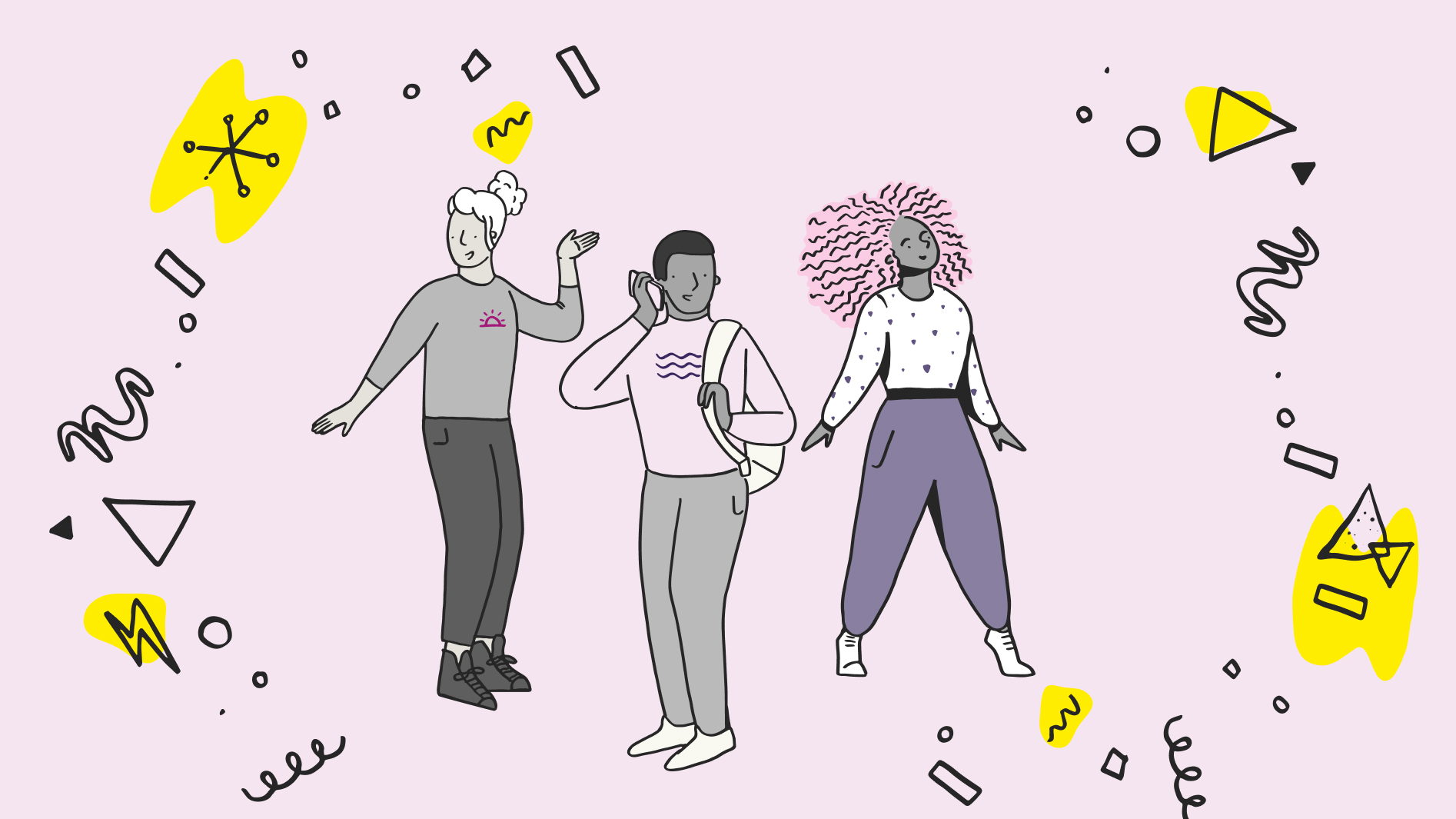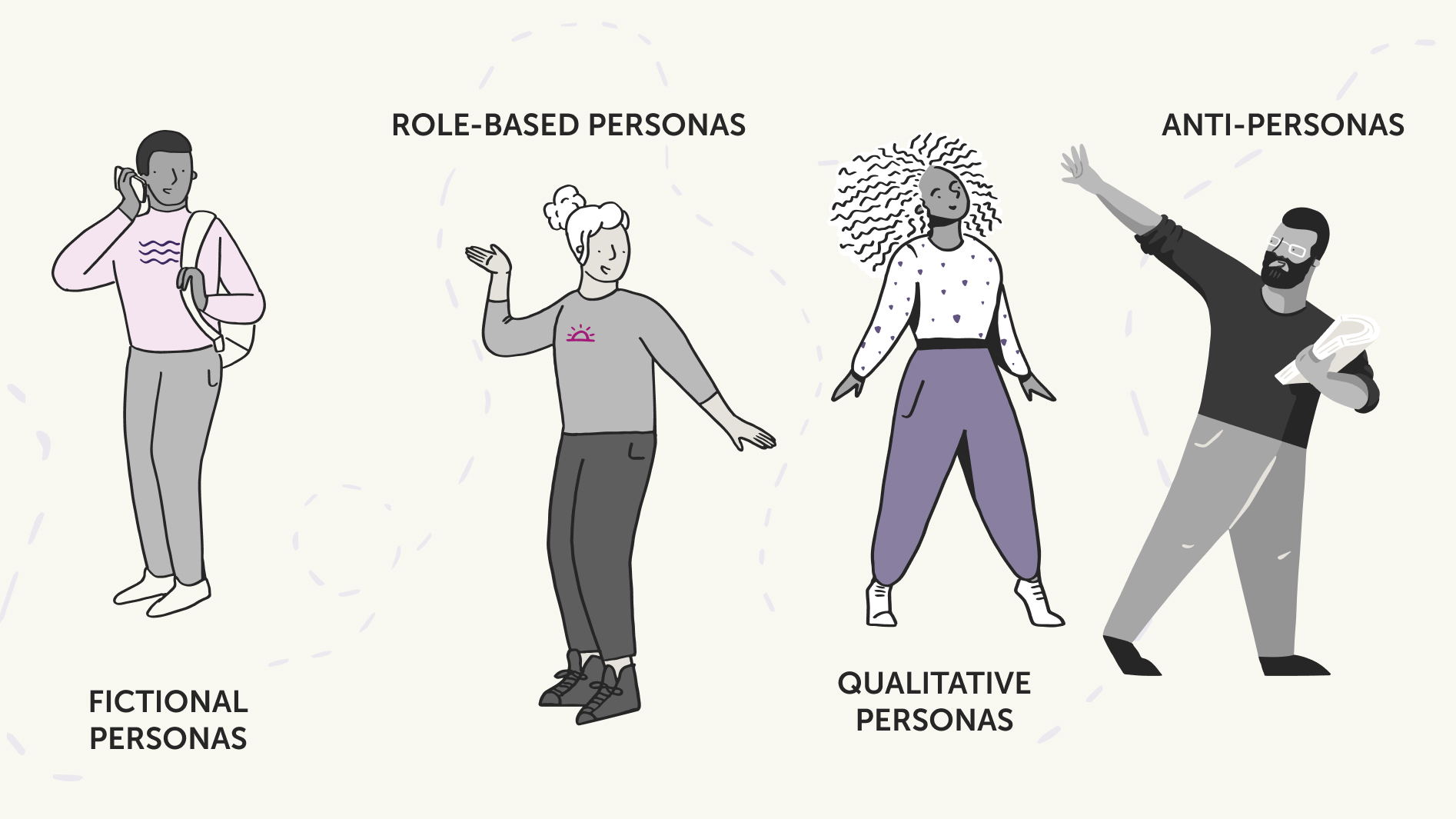
User Experience (UX) design and understanding your target audience are essential. Personas serve as valuable tools in this process, enabling designers to empathise with users, make informed decisions and create meaningful, user-centric products.
Personas are used by organisations to varying degrees of success and have received a slightly bad reputation among some teams that have not been able to use them effectively, this could be due to several factors:
- Often personas are created either by an external consultant or internal design teams and then not updated to reflect the evolving needs of their customers
- In some cases, teams may have too many personas to reflect a broad customer base which then means that design decisions are not targeted, and these personas lack effectiveness
- Personas may not be based on sound data or insights from target users, but rather on assumptions of stakeholders which can put your team into UX debt
Personas should be living documents that serve as a guide for product teams, enabling designers to make decisions based on user needs and motivations.
4 types of personas may be typically used within a design team based on their goals

Fictional Personas
Fictional personas are composite characters that represent the characteristics, needs and behaviours of a particular user segment. These personas are not based on real individuals but are crafted from data, research and insights gathered from target users.
Creating fictional personas involves synthesising information such as demographics, perceived motivations, goals and behavioural patterns. For instance, a design team for a fitness app might develop a persona named “Active Andy,” an amalgamation of data indicating a user who values regular exercise, monitors nutrition and seeks convenient workout solutions.
Fictional personas provide a tangible framework for designers to conceptualise and prioritise features, ensuring that the product aligns with the preferences and expectations of the target user group.
Role-Based Personas
Role-based personas are largely data-driven as they are based on an individual’s role and influence within a specific environment or organisation. They are more closely affiliated with archetypes than specific individual personas. These tend to be a combination of qualitative and quantitative data.
In some cases, the target audience for a product may be professionals with specific roles and responsibilities. Role-based personas focus on the unique needs, challenges and workflows of individuals within a particular professional archetype.
For example, the role-based personas of a particular human-resources platform might be “HR Manager Hannah” or “Administrator Adam”. These personas highlight the differing requirements and priorities of these roles within an HR team, allowing the designers to tailor the interface and key features to enhance each role’s user experience.
Role-based personas are instrumental in creating specialised and efficient tools that cater to the diverse needs of professionals within a given domain.
Qualitative Personas
Based on in-depth interviews with specific individuals who fall within a group of target users. Designers will have conducted research sessions with these individuals and these personas will be based on their lived experience.
While fictional and role-based personas are effective for understanding broad user categories, qualitative personas take a more human-centred approach. These personas are derived from in-depth qualitative interviews with real users.
Rather than relying solely on quantitative user data, qualitative personas capture the emotions, motivations, and pain points of actual individuals. Design teams conduct interviews, observe user behaviour, and gather insights to develop personas that reflect the authentic experiences of users.
Qualitative personas enhance empathy among the design team, fostering a deeper understanding of user needs and driving the creation of more user-friendly products.
Anti-Personas
When creating effective UX designs, as much as we want to understand our target users, it’s equally important to understand who a product is not for. Anti-personas are fictional characters that represent individuals or user groups who fall outside the target audience, having needs and preferences that are not aligned with a product’s goals. They aim to give product teams awareness of where there are major risks that they should strive to mitigate and indications of how to mitigate them.
They are schematic representations of a user group that could misuse products in a way that could negatively impact target users and businesses. For example, an anti-persona for a pill dispenser product would be a child who might open the dispenser and ingest the contents.
Anti-personas serve as a counterbalance to other personas, helping design teams avoid feature bloat and unnecessary complexity that might arise from trying to cater to everyone. By acknowledging and understanding the characteristics of users who are not the intended audience, designers can make more intentional decisions about what features to include or exclude.

In Conclusion
In UX design, personas play a central role, guiding designers toward creating products that resonate with target users. From fictional personas to the pragmatic approach of role-based personas, and the human-centred touch of qualitative personas and the strategic use of anti-personas, each type offers unique insights into the multifaceted world of user experiences.
As the design landscape evolves, the ability to craft and leverage personas effectively remains a key skill for UX professionals. By embracing the diverse spectrum of personas, designers can navigate the complexities of user needs and expectations, ultimately delivering products that leave a lasting positive impact.
How can we help?
Navigating the realm of UX design and understanding your target audience can be complex. Our expertise in crafting user personas can assist you in creating products that resonate deeply with your users. Here’s how we can help:
- Persona Development: We specialise in crafting fictional, role-based, qualitative personas and anti-personas tailored to your specific project needs. Our comprehensive approach ensures that each persona reflects the diverse spectrum of your user base, enabling you to make informed design decisions.
- Persona Evaluation and Optimisation: Already have personas in place? We can evaluate and optimise them to ensure they accurately represent your evolving user demographics and needs. Our goal is to develop personas into living documents that guide your product teams towards user-centric solutions.
- Training and Workshops: Empower your team with the skills and knowledge needed to leverage personas effectively. Our training sessions and workshops provide practical insights and hands-on experience, equipping your team with the tools to integrate personas seamlessly into your design process.
- Consultation Services: Need personalised guidance on implementing personas within your organisation? Our expert consultants are here to assist you every step of the way. From initial planning to ongoing optimisation, we offer tailored solutions to meet your unique UX challenges.
Get in touch with us today to learn more about how we can support your goals and drive meaningful user experiences.
We drive commercial value for our clients by creating experiences that engage and delight the people they touch.
Email us:
hello@nomensa.com
Call us:
+44 (0) 117 929 7333




